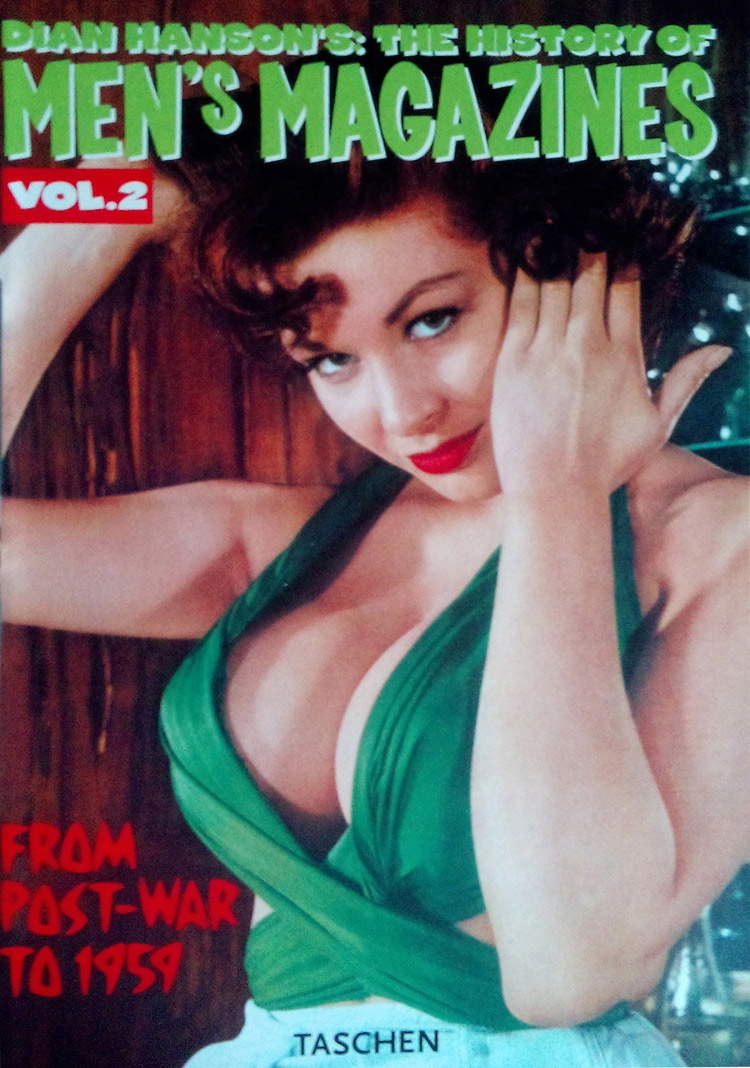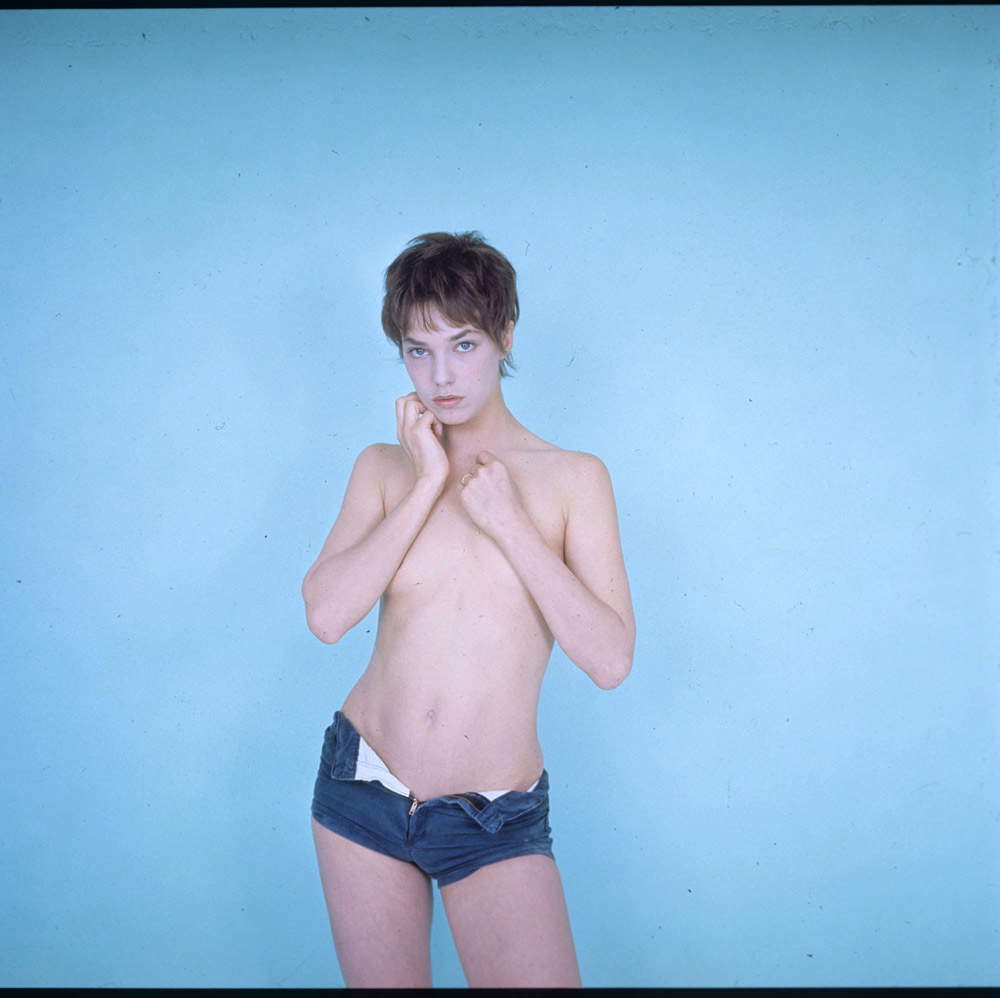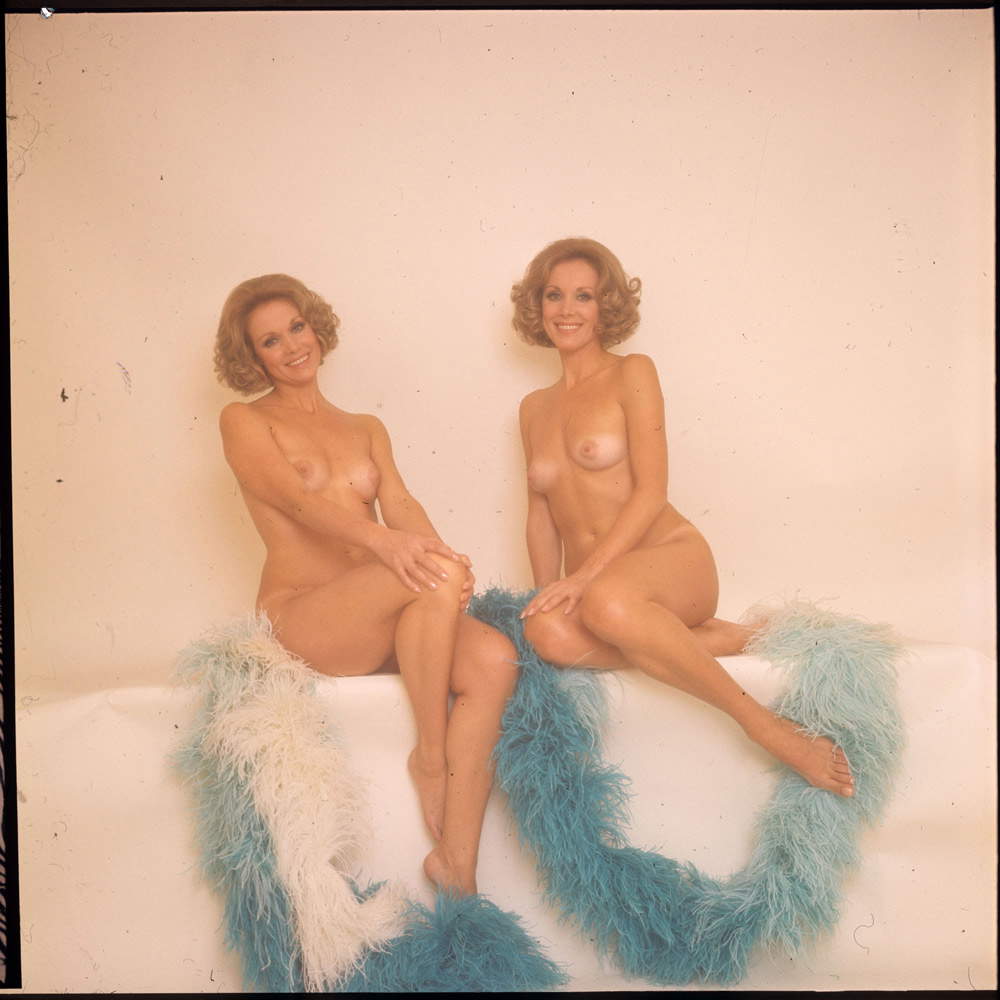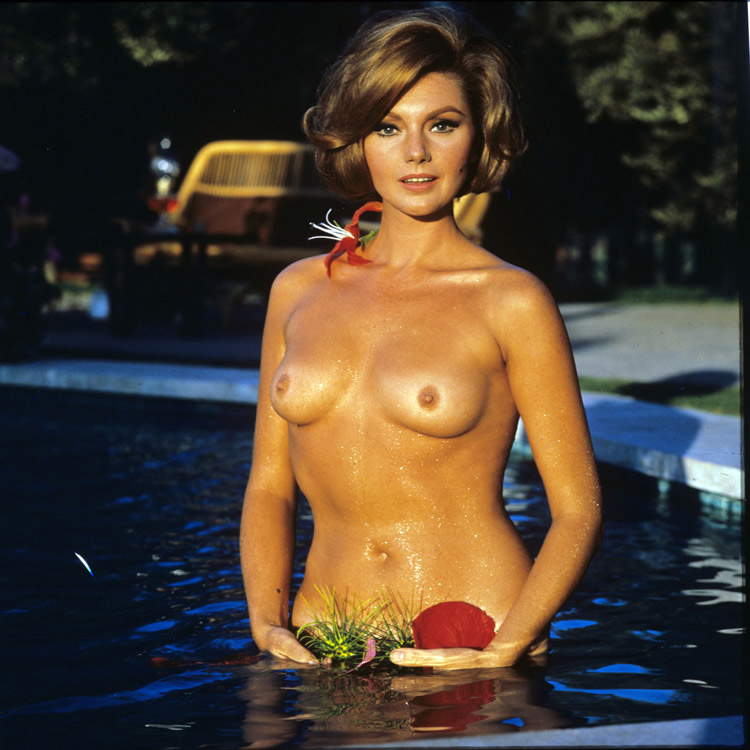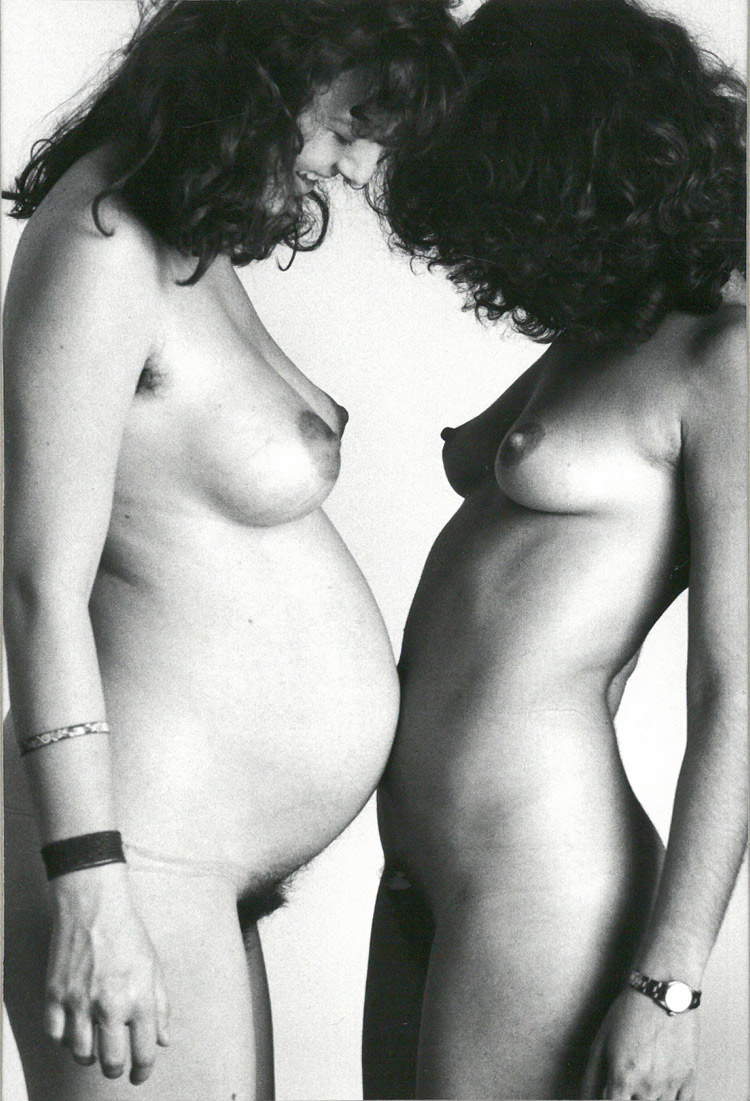by Redazione , published on 18/04/2018
Categories: Exhibitions
/ Disclaimer
At Palazzo Magnani, Reggio Emilia, the exhibition 'Sex & Revolution! Imaginary, utopia, liberation (1960-1977)'
Running from April 20 to July 15, 2018, at the Palazzo Magnani venue in Reggio Emilia is the exhibition Sex & Revolution! Imaginary, Utopia, Liberation (1960-1977), one of the main events of the Fotografia Europa 2018 festival. The exhibition aims to investigate the genesis of the transformations in the way sexuality was conceived between the 1960s and 1970s. More than three hundred artifacts of the time, including film sequences, photographs, comics, magazines, books, posters and music tracks will compose a highly erotic exhibition.
The exhibition itinerary of the show, curated by Pier Giorgio Carizzoni under the scientific direction of Pietro Adamo, is divided by thematic areas marked by some symbolic objects: the birth control pill, the monokini, the vibrator, the orgone accumulator, the super 8, the whip and the miniskirt. The first room is devoted to the philosophical aspects that enabled the development of the sexual revolution: From Freud’s studies to the research of Wilhelm Reich, who developed the so-called “orgonometer” (an instrument that measured so-called “orgone energy,” a supposed vital energy that, according to the Austrian psychoanalyst’s theory, pervades the universe), from the early sexology studies of authors such as Alfred Kinsey, Albert Ellis and Frank Caprio, to the research of Herbert Marcuse, which constituted the prelude to the political and cultural battles of the time. Space is also given to literature with an in-depth look at sex in works such as James Joyce’sUlysses, David Herbert Lawrence’s Lady Chatterley’s Lover, Henry Miller’s Tropic of Cancer, and with focus on the censorship that affected authors such as Lawrence, Miller, William Burroughs and Vitaliano Brancati. The first section closes with an illustration of some of the social practices that characterized the sexual revolution: the legitimization of contraception and abortion, the spread of free love, swinging, open couple, and nudism, the progressive social acceptance of male and female homosexuality, and the proliferation of pornography.
The next rooms are devoted to products that arose with the changes in customs triggered by these cultural processes. Thus on display are the covers of magazines such as Playboy and Penthouse and their Italian counterparts such as Playmen and Le Ore, as well as volumes from Olympia Press, the American publishing house that published some of the erotic novels of the beat generation. Also on display are rare Italian editions of past classics and clips from films in which the first nudes appeared on the big screen: works by directors such as Bergman, Kazan, Wilder, and Antonioni.
Themes of the liberation of the body, the joyful function of eroticism, and a more balanced male-female relationship (with the resulting alternative lifestyles and the victory over resistance from conservative legislators and associations committed to the preservation of morality) are addressed with the display of products such as the miniskirt (represented by images of its creator Mary Quant), with in-depth coverage of pornographic films and magazines (the 1970s saw a boom in big-screen sex with the opening and spread of red-light cinemas showing films with hard content, and of this season the Palazzo Magnani exhibition offers a rich documentation includes the first Scandinavian hard magazines, super 8 films, Italian publications in the transition from soft to hard, the most famous red-light books of the period as well as a reasoned montage of the most successful early porn films), and with an analysis of the music and theater of the time: songs with an explicit tone such as Je t’aime, moi non plus by Serge Gainsbourg and Jane Birkin, or Love to love you babe by Donna Summer, or plays such as Hair or The Rocky Horror Show and art-house cinema (Borowczyk, Lattuada, Bertolucci, Oshima and many others). Also significant is the photography exhibition featuring some master protagonists of the changing times, such as Paola Mattioli and Angelo Frontoni.
The exhibition is open on Fridays, Saturdays and Sundays from 10 a.m. to 8 p.m. On the opening weekend the exhibition opens Friday, April 20 (free of charge) from 7 to 9 p.m., Saturday, April 21 from 10 a.m. to 11 p.m. and Sunday, April 22 from 10 a.m. to 8 p.m. The exhibition can be accessed with the Festival Fotografia Europea ticket, which can be purchased at all festival venues: full price 15 euros, free for children under 12, accompanying disabled persons, accredited journalists and ICOM members. The catalog is published by Skira editore. Below are the sections of the exhibition and a photographic selection.
Section I - Sexology and Philosophy.
At the origins of the sexual revolution: Wilhelm Reich - The impact of the new sexology - Sex and literature - The erotic novel on trial - Theorists: Herbert Marcuse and Norman Brown - The authors and themes of the sexual revolution - The new social practices
Section II - Publishing and culture in the 1950s and 1960s.
Playboy and the others - The adventures of Olympia Press - Erotic publishing comes out of hiding - Pop sexology - The cinema: nudes, censorship, trials - Documentaries and investigations
Section III - The Underground
The beats and free love - The counterculture press - Dressing and undressing the body: the miniskirt and its colleagues - Sex drugs rock’n roll - The sexual revolution in the theater - Feminists and gay liberation movements
Section IV - Pornography
The legitimization of pornography in Scandinavia - Publishing discovering the hard: from science to literature - From super8 to cinema - The invasion of paper porn - The Golden Age of red lights in cinema - Criticism: from the sexual revolution to the hard core, and vice versa
Section V - The sexual revolution: victory or defeat?
Censorship loses strikes ... but not always - Art cinema towards the explicit: 1974-1977 - Literature and the sexual revolution - Italian TV between censorship and audacity - The sexual revolution under indictment
 |
| Men’s Magazines Collection. Vol.2 Dian Hanson’s: the history of Men’s magazines. From post war to 1959. Taschen |
 |
| CABALLERO, Year IV- No.69 L.250. Marisa Solinas, Manon 1970 Vittoria Solinas |
 |
| Angelo Frontoni, Jane Birkin, 1976 © Angelo Frontoni / Cineteca Nazionale-Museo Nazionale del Cinema |
 |
| Angelo Frontoni, Alice and Ellen Kessler (the Kessler Twins), 1975 © Angelo Frontoni / Cineteca Nazionale-Museo Nazionale del Cinema |
 |
| Angelo Frontoni, Jane Fonda on the set of the film Barbarella (Roger Vadim, 1968) © Angelo Frontoni / Cineteca Nazionale-Museo Nazionale del Cinema |
 |
| Sylva Koscina, 1960 © Angelo Frontoni / Cineteca Nazionale-Museo Nazionale del Cinema |
 |
| Paola Mattioli, Jouissance, 1975-79, baryta print on honeycomb panel, 7 photographs h cm 10, 1 photograph cm 42x29 |
 |
| Paola Mattioli, Sara is pregnant, 1977 |
 |
| Sex and Revolution: a highly erotic exhibition in Reggio Emilia, Palazzo Magnani. Photos |
Warning: the translation into English of the original Italian article was created using automatic tools.
We undertake to review all articles, but we do not guarantee the total absence of inaccuracies in the translation due to the program. You can
find the original by clicking on the ITA button. If you find any mistake,please contact us.
